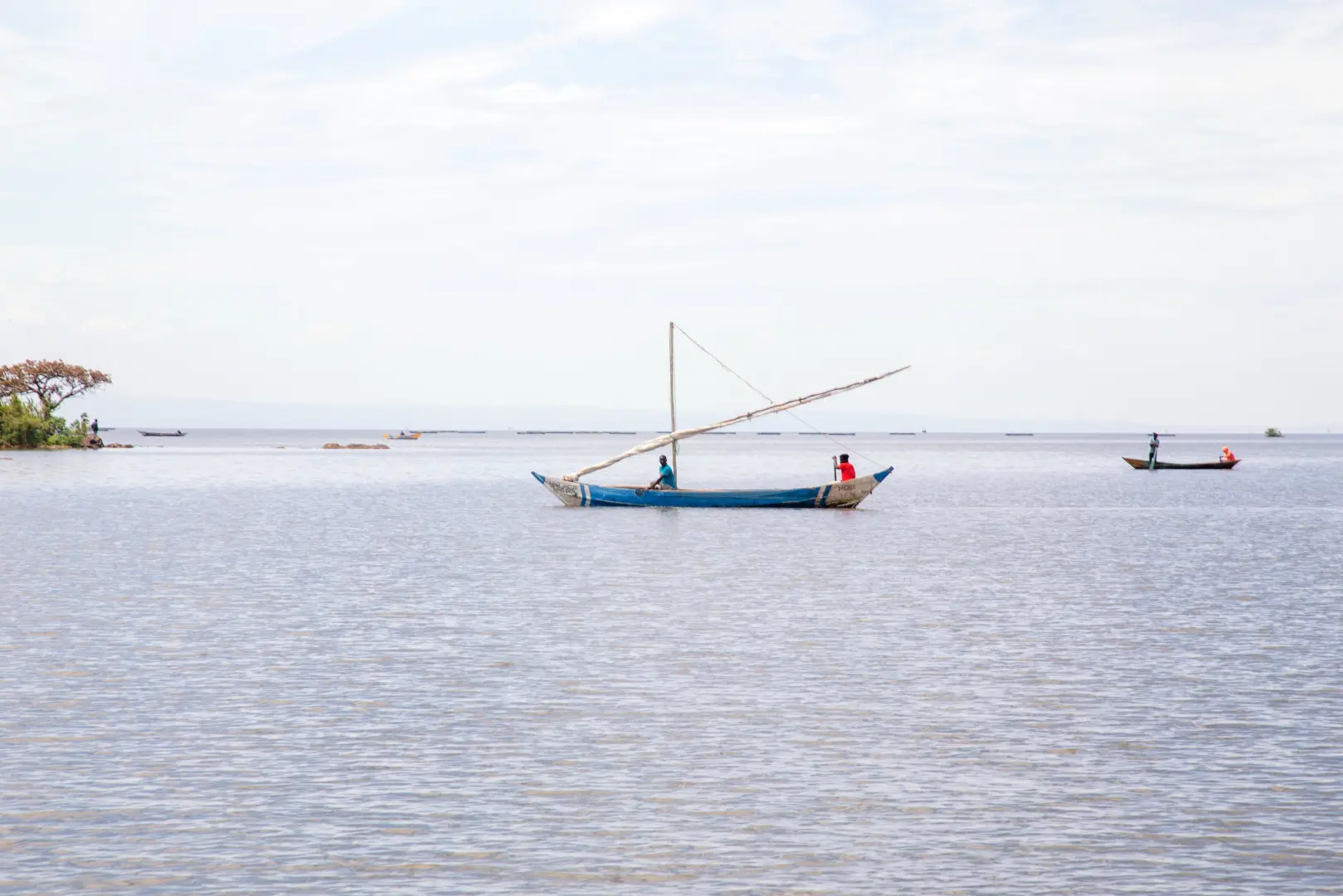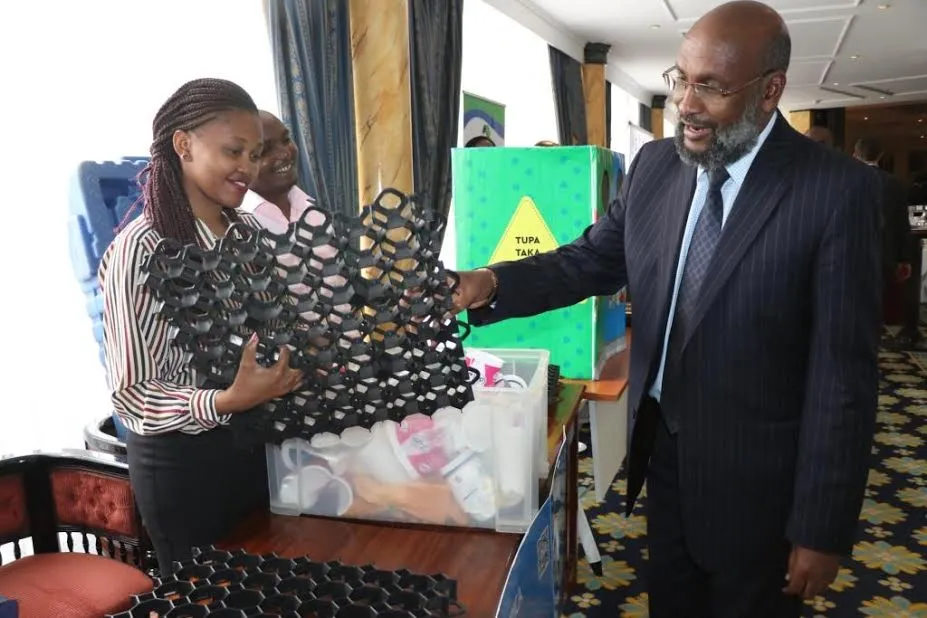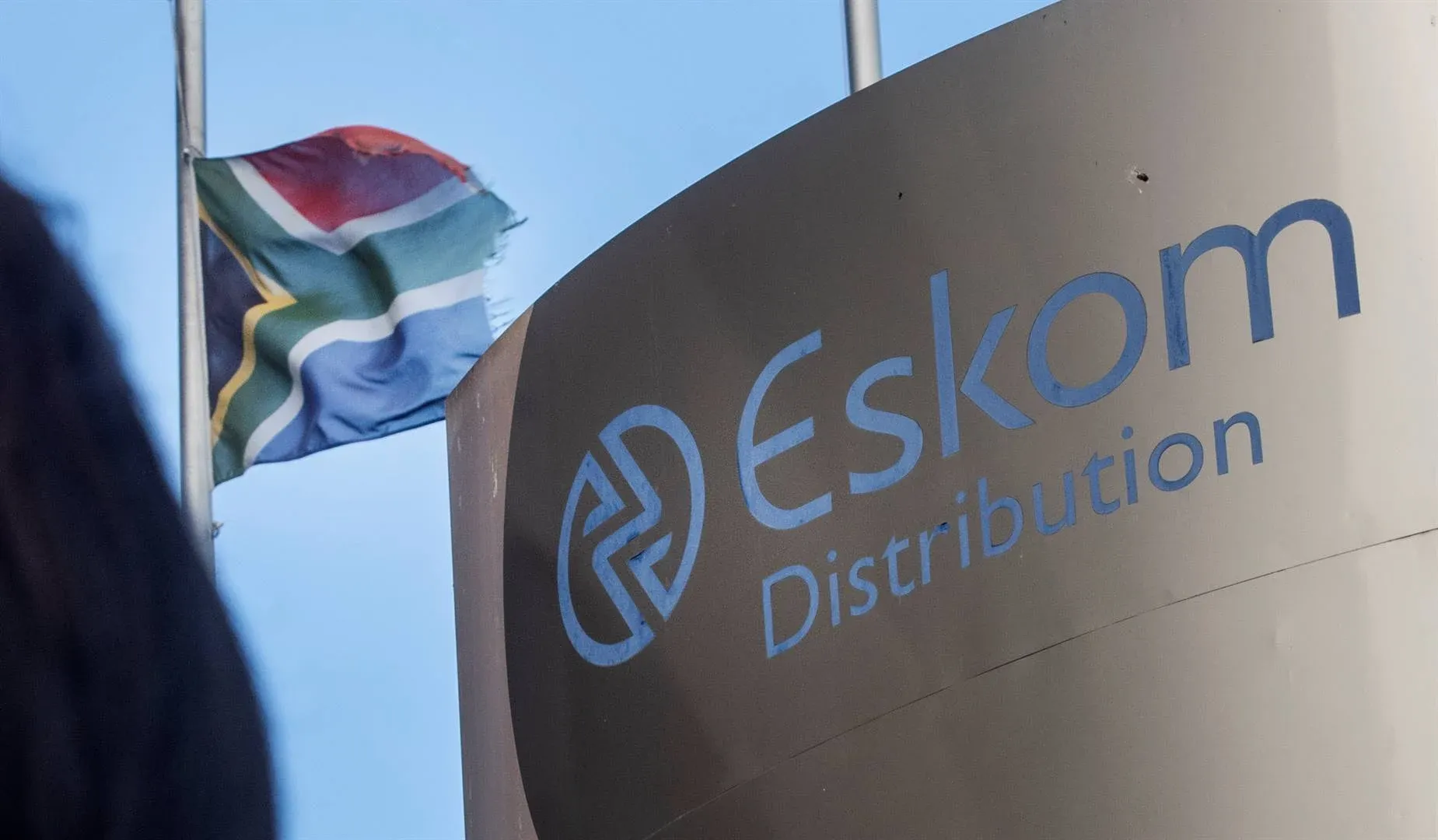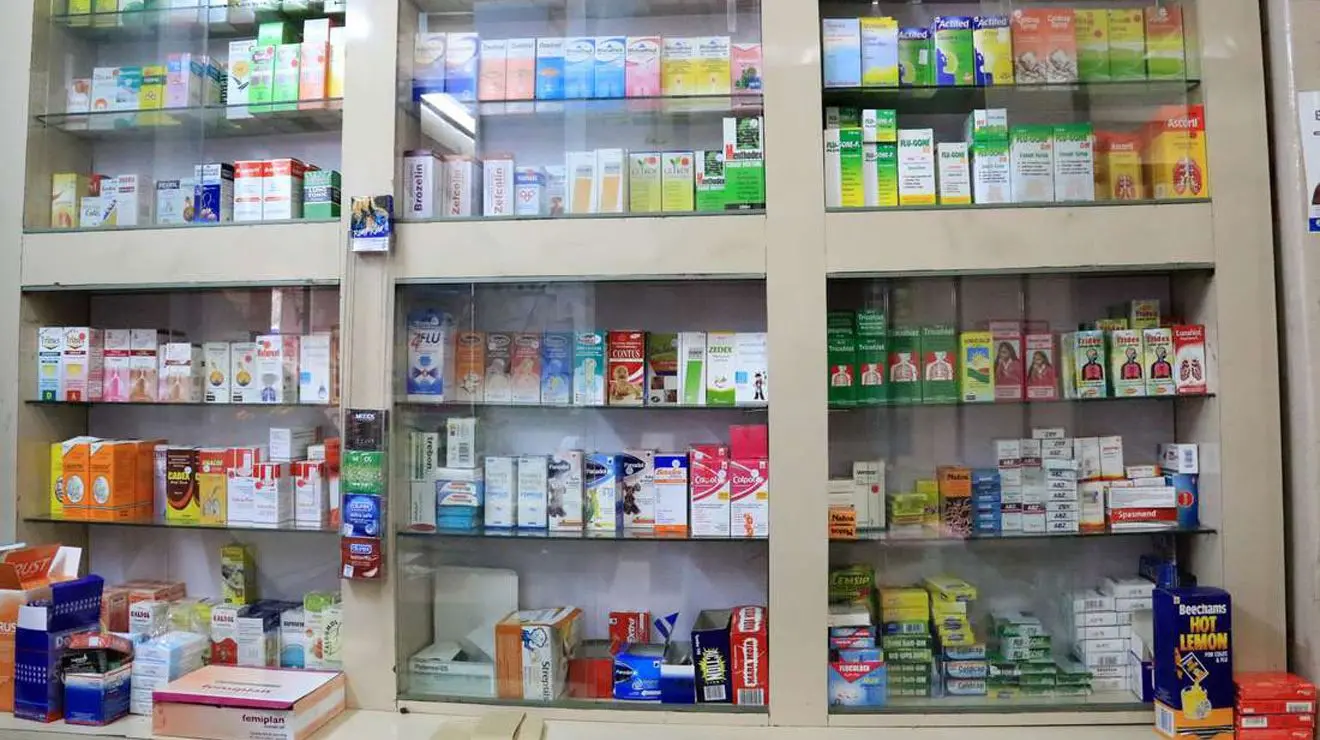The Kenya Revenue Authority (KRA) has recorded a stunning 256.7 % increase in tax collections at Kisumu Port for the 2024/25 fiscal year, up to Kenyan Shilling 107 million from Sh30 million prior year. (KRA) The surge is attributed primarily to tighter surveillance by the KRA’s Marine Unit, the closure of revenue loopholes along Lake Victoria and a marked uptick in legal cargo flows through the port.
This dramatic shift exemplifies how strategic enforcement and infrastructure upgrades can transform regional trade hubs and combat illicit cross-border activity. The development is of particular interest for Kenya’s western corridor, logistics planners, and fiscal-policy watchers alike — as the Kisumu gateway moves from marginal trading point to a critical revenue and commerce node.
Build the future you deserve. Get started with our top-tier Online courses: ACCA, HESI A2, ATI TEAS 7, HESI EXIT, NCLEX-RN, NCLEX-PN, and Financial Literacy. Let Serrari Ed guide your path to success. Enroll today.
The Numbers: From Sh30 Million to Sh107 Million
According to KRA’s official release, collections at Kisumu Port jumped from Sh30 million in the 2023/24 financial year to Sh107 million in 2024/25 — hence the 256.7 % rise. (KRA) During the period between May and August 2025 alone, approximately 4,600 metric tonnes of sugar arrived via the port, generating over Sh170 million in duties and taxes according to KRA’s data. (KRA)
Historically, the KRA Marine Unit’s interception of illicit goods along Lake Victoria was modest: in FY 2023/24 goods valued at Sh3.19 million were intercepted, resulting in recovered revenue of Sh1.6 million. (KRA) The contrast between these figures and recent earnings underlines how enforcement and efficiency gains can deliver immediate fiscal dividends.
Moreover, exports through the port — including petroleum products, ceramic tiles, wheat and fertiliser — have reportedly increased. KRA officials note that a single vessel exporting petroleum from Kisumu corresponds to the freight equivalent of 135 trucks by road, underscoring the port’s shifting logistics profile. (Dawan Africa)
Why the Surge? Key Drivers and Enforcement Mechanisms
1. Enhanced Marine Surveillance & Border Control
KRA’s Marine Unit has expanded patrol coverage across Kenya’s territorial waters on Lake Victoria and stepped-up audits of lake-borne trade routes. According to KRA’s press statement, this boost in enforcement helped seal major revenue leaks and mitigate smuggling of items like illicit liquor, timber, livestock and uncustomed sugar. (KRA)
Officials note that the previously unmonitored lake-border channels were a source of substantial leakages. By deploying additional personnel, patrol boats and inspection frameworks, KRA moved from reactive intercepts to proactive coverage of the lakeside trade ecosystem.
2. Trade Channel Diversification – The Port Strategy
Kisumu Port’s increasing role in both imports and exports is also a factor. Its ability to handle bulk and specialist cargo through lake and river-network links provides a logistical alternative to congested border posts like Busia and Malaba. KRA points out that marine clearance has helped decongest those land routes. (Dawan Africa)
The port’s improved infrastructure, combined with shifting regional traffic patterns, has created a platform where legitimate trade grows hand-in-hand with better customs capture. The sugar imports example illustrates this: use of the port facilitated lawful import flows that yield substantial revenue.
3. Product Mix & Duty Capture
Sugar imports (4,600 tonnes in the specified May-August window) played a large role in the revenue spike. The import of those volumes generated duties and taxes exceeding Sh170 million. KRA credits port usage and proper customs treatment for those results. (KRA)
The increased export volumes also suggest a shift in cargo mix—post-clearance petrol and fertiliser exports add to the revenue base and help establish the port as a full-service channel, not simply a conduit for imports.
4. Governance & Loophole Closure
KRA acknowledges the role of “sealed key revenue loopholes” in the region. The sophistication of smuggling via Lake Victoria — small craft, informal crossing points, and unmonitored shoreline trade — has historically undermined revenue capture. The recent collection figures suggest that many of these gaps have been at least partially plugged. (Dawan Africa)
Inter-agency cooperation, visible use of marine assets, and leveraging the lakeside trade corridor as a monitored revenue channel are all cited as part of the success story.
Implications for Kenya’s Revenue and Regional Trade Landscape
Revenue Base Strengthening
With Sh107 million collected at Kisumu Port — a significant leap from prior years — KRA demonstrates how investment in enforcement and logistics can bolster the national tax base. In a context where domestic revenue mobilisation remains critical for Kenya’s fiscal health, replicating such gains across other ports and border zones offers major promise.
Trade Corridor Shift and Blue Economy Growth
The increased throughput at Kisumu Port is part of a broader shift in Kenya toward leveraging its lakes and sideways trade routes. The port’s strategic location on Lake Victoria positions it as a key link in East Africa’s inland-water nexus, allowing Kenya to capture cargo flows that might previously have bypassed it or been lost to informal channels.
Decongesting Land Borders
By diverting appropriate cargo flows to marine routes, pressure on major land border crossings like Busia and Malaba may ease. KRA’s comment that one petroleum-export vessel is equivalent to 135 trucks suggests high potential gains in road-infrastructure relief and logistics cost savings.
Illicit Trade Reduction
The crackdown on smuggling — particularly of sugar, timber, illicit liquor and livestock across lake routes — is a significant security and fiscal win. Reducing informal trade supports legitimate commerce, economic formalisation and improved taxation compliance.
Regional Integration & Export Potential
Kenya’s western region is gaining ground as a trade gateway for the Great Lakes region. The port’s ability to handle both imports and exports signals an opportunity to serve regional value chains, thereby increasing Kenya’s role in regional supply networks and creating export diversification.
Risks and Sustainability Challenges
Maintaining Momentum
One-off gains are valuable, but sustaining high growth in collections requires consistent investment, maintenance of logistics infrastructure and ongoing enforcement capacity. Revenue surges driven by product-spikes (such as sugar imports) may not persist without diversification.
Infrastructure and Capacity Constraints
While Kisumu Port’s potential is clear, full operationalisation depends on reliable uplift of port terminals, cargo-handling facilities, and hinterland connectivity (road/rail). If these lag, growth may stall.
Smuggling Adaptation
Smugglers can adapt quickly. As KRA closes known loopholes, illicit networks may move to new routes or methods. Continuous surveillance and intelligence gathering are essential.
Regional Logistics Risks
The port’s success also depends on regional trade flows, neighbouring country stability, customs harmonisation and transport link efficiency. Disruption in any partner country (e.g., Uganda or Tanzania) could affect volumes.
Governance, Transparency and Compliance
For the revenue improvement to gain legitimacy, KRA must continue to show transparency in revenue use, customs processing fairness and minimal corruption. Otherwise, stakeholder confidence may weaken.
One decision can change your entire career. Take that step with our Online courses in ACCA, HESI A2, ATI TEAS 7, HESI EXIT, NCLEX-RN, NCLEX-PN, and Financial Literacy. Join Serrari Ed and start building your brighter future today.
What to Monitor Next
Monthly/Quarterly Revenue Trends at Kisumu Port
Tracking whether the Sh107 million figure becomes the baseline, or if new interventions push it further, will be critical.
Cargo Mix and Volume Data
Breakdowns by commodity (e.g., sugar, petroleum products, fertiliser, tiles) will indicate whether the port is diversifying or relying heavily on a few products.
Smuggling Interceptions and Marine Unit Metrics
Data on value intercepted, number of patrols, boats deployed, and trade route seizures will show how enforcement capabilities are scaling.
Infrastructure Developments and Logistics Link-ups
Upgrades or expansions of port facilities, hinterland transport links and behavioural shifts in cargo routing (from road to lake/rail) will matter.
Regional Trade Partnerships
Monitoring Kenya’s bilateral trade flows with Uganda, Tanzania and the wider Great Lakes region via Kisumu will show whether the port is becoming a regional hub.
Stakeholder Sentiment and Business Confidence
Feedback from importers, exporters and logistics firms about costs, clearance times and reliability will provide qualitative validation of improvements.
The Broader Context: Kenya’s Revenue Drive and Border Focus
KRA’s surge at Kisumu Port ties into Kenya’s broader efforts to boost domestic resource mobilisation, enhance border control and formalise trade. Revenue collection across customs and other tax streams has been under pressure from global headwinds, inflation and post-pandemic disruptions. In that context, achieving new collection highs matters for budget resilience.
In a recent press release, KRA recorded monthly historic highs in customs collections—another sign that the authority is scaling up. (KRA) The Kisumu result complements these wider trends.
Moreover, the blue-economy narrative around Lake Victoria—encompassing maritime trade, inland-water logistics and regional connectivity—is gaining political momentum. The government’s willingness to plug the lake side into national trade infrastructure signals a shift away from land-only trade corridors. The Standard newspaper’s coverage of KRA efforts at Kisumu Port emphasised how such shifts create pathways for inclusive growth in Kenya’s western region. (The Standard)
Voices from the Ground
KRA’s Chief Manager for Customs in the Western Region, Dominic Kengara, acknowledged the uptick, stating: “Our operations have greatly contributed to the reduction of illegal cross-border trade while promoting legitimate commerce through proper customs channels.” (Dawan Africa) His comments encompass both the enforcement dimension (illicit trade reduction) and the facilitation dimension (legitimate trade enhancement).
Stakeholders in the region, including port users, transport firms and regional governments, are watching this dynamic closely. The improved revenue capture at Kisumu provides a possible model for other lake and river ports, not just in Kenya but across East Africa.
Impact on the Port & Western Region Economy
Logistics and Cost Efficiency
As referenced, shifting cargo (particularly bulk or heavy goods) from road to vessel via Kisumu Port could reduce logistics costs and environmental burdens. Each vessel equivalent to 135 trucks represents significant transport efficiency gains.
Regional Development
The western region of Kenya, historically less favoured compared to Nairobi and coastal corridors, may benefit from increased investment, employment and ancillary services (stevedoring, warehousing, internal transport). The revenue uptick signals to investors that this region’s trade ecosystem is becoming more formal and commercially viable.
Trade Formalisation and Tax Base Growth
As trade becomes more formalised through the port, tax compliance tends to increase, packaging more revenue into the economy rather than allowing leakage into informal channels. That phenomenon supports both fiscal and governance outcomes.
Ancillary Sector Growth
Higher port activity may catalyse growth in supporting industries: logistics, storage, value-added processing, local manufacturing for export input. Port development often triggers such multiplier effects.
The Strategic Significance of Inland Ports and Lake Trade
Kisumu Port’s success underscores a broader strategic pivot: inland-water and lake-network logistics can offer alternative trade corridors to land-only routes, reducing bottlenecks and creating resilience in supply chains. Few African countries have fully exploited lake/river networks for customs revenue and trade growth; Kenya’s experience may become an exemplar.
Moreover, monitoring the nexus between revenue collection, maritime enforcement and trade facilitation reveals a shift: ports no longer act purely as gateways but as integrated nodes combining logistics, tax collection, enforcement, and regional commerce. KRA’s Marine Unit is central to this.
Lessons and Replicability
There are transferable lessons from the Kisumu experience:
- Enforcement + Facilitation: Revenue growth did not come purely from crackdowns—port capacity expansion, improved clearance and legitimate trade mattered.
- Targeted Commodity Strategy: Focusing on high-value commodities (e.g., sugar) and aligning port flows captured revenue quickly.
- Utilising Alternative Corridors: Diversification away from congested land borders reduced clearance time, costs and leakages.
- Measurable Policy Metrics: The public figure (256.7 % increase) signals accountability and transparency, enhancing stakeholder confidence.
- Regional Integration View: Thinking of the port not only for domestic trade but for the Great Lakes region adds scale.
Other countries with inland lake/river ports may examine this model.
What’s Next: Sustaining the Momentum
Investing in Infrastructure
To maintain growth, Kisumu Port will need ongoing investment in cargo-handling, storage, ICT systems, hinterland connectivity (roads/rail) and marine logistics infrastructure. Without these, the current gains may plateau.
Governance & User Experience
Port users — exporters, importers, logistics firms — care about clearance speed, cost predictability and transparency. KRA and port authority must maintain streamlined processes, avoid backlogs, and ensure that revenue gains do not come at the cost of trade friction.
Broader Trade Strategy
Kenya should integrate Kisumu Port’s growth into its broader transport and trade strategy: linking lake routes, rail networks, regional trade agreements, and value-chain development (e.g., agro-processing for export).
Monitoring and Reporting
Maintaining public reporting of port collections, intercepted goods, trade volumes and clearance metrics increases accountability and supports investor confidence. The KRA press release’s clarity is a good start.
Regional Cooperation
Given that some of the illicit trade routes cross into Uganda, Tanzania or other Great Lakes states, Kenya’s enforcement must link with regional partners and harmonise customs and border-management systems to sustain gains.
Final Thoughts
The reported 256.7 % jump in tax collection at Kisumu Port demonstrates how a targeted combination of enforcement, capacity building, logistics strategy and trade facilitation can deliver rapid results in revenue-mobilisation and trade formalisation. For Kenya, it presents a compelling narrative of the western corridor’s potential and the blue-economy opportunity around Lake Victoria.
Nevertheless, the real test will be in sustainability: whether the port continues to grow, whether truck-to-vessel cargo shift expands meaningfully, whether exports diversify, and whether KRA and partner agencies maintain the enforcement-and-facilitation balance.
For companies, logistics firms, regional trade promoters and policy-makers, Kisumu Port is now a case to watch—a microcosm of how strategic investment in trade infrastructure and revenue integrity can converge in Africa’s trade zones. The coming years will reveal whether the surge is a durable inflection or a one-off spike—but early signs point to a foundational shift in how Kenya’s western trade-gateway operates.
Ready to take your career to the next level? Join our Online courses: ACCA, HESI A2, ATI TEAS 7 , HESI EXIT , NCLEX – RN and NCLEX – PN, Financial Literacy!🌟 Dive into a world of opportunities and empower yourself for success. Explore more at Serrari Ed and start your exciting journey today! ✨
Track GDP, Inflation and Central Bank rates for top African markets with Serrari’s comparator tool.
See today’s Treasury bonds and Money market funds movement across financial service providers in Kenya, using Serrari’s comparator tools.
photo source: Google
By: Montel Kamau
Serrari Financial Analyst
31st October, 2025
Article, Financial and News Disclaimer
The Value of a Financial Advisor
While this article offers valuable insights, it is essential to recognize that personal finance can be highly complex and unique to each individual. A financial advisor provides professional expertise and personalized guidance to help you make well-informed decisions tailored to your specific circumstances and goals.
Beyond offering knowledge, a financial advisor serves as a trusted partner to help you stay disciplined, avoid common pitfalls, and remain focused on your long-term objectives. Their perspective and experience can complement your own efforts, enhancing your financial well-being and ensuring a more confident approach to managing your finances.
Disclaimer: This article is for informational purposes only and does not constitute financial advice. Readers are encouraged to consult a licensed financial advisor to obtain guidance specific to their financial situation.
Article and News Disclaimer
The information provided on www.serrarigroup.com is for general informational purposes only. While we strive to keep the information up to date and accurate, we make no representations or warranties of any kind, express or implied, about the completeness, accuracy, reliability, suitability, or availability with respect to the website or the information, products, services, or related graphics contained on the website for any purpose. Any reliance you place on such information is therefore strictly at your own risk.
www.serrarigroup.com is not responsible for any errors or omissions, or for the results obtained from the use of this information. All information on the website is provided on an as-is basis, with no guarantee of completeness, accuracy, timeliness, or of the results obtained from the use of this information, and without warranty of any kind, express or implied, including but not limited to warranties of performance, merchantability, and fitness for a particular purpose.
In no event will www.serrarigroup.com be liable to you or anyone else for any decision made or action taken in reliance on the information provided on the website or for any consequential, special, or similar damages, even if advised of the possibility of such damages.
The articles, news, and information presented on www.serrarigroup.com reflect the opinions of the respective authors and contributors and do not necessarily represent the views of the website or its management. Any views or opinions expressed are solely those of the individual authors and do not represent the website's views or opinions as a whole.
The content on www.serrarigroup.com may include links to external websites, which are provided for convenience and informational purposes only. We have no control over the nature, content, and availability of those sites. The inclusion of any links does not necessarily imply a recommendation or endorsement of the views expressed within them.
Every effort is made to keep the website up and running smoothly. However, www.serrarigroup.com takes no responsibility for, and will not be liable for, the website being temporarily unavailable due to technical issues beyond our control.
Please note that laws, regulations, and information can change rapidly, and we advise you to conduct further research and seek professional advice when necessary.
By using www.serrarigroup.com, you agree to this disclaimer and its terms. If you do not agree with this disclaimer, please do not use the website.
www.serrarigroup.com, reserves the right to update, modify, or remove any part of this disclaimer without prior notice. It is your responsibility to review this disclaimer periodically for changes.
Serrari Group 2025












